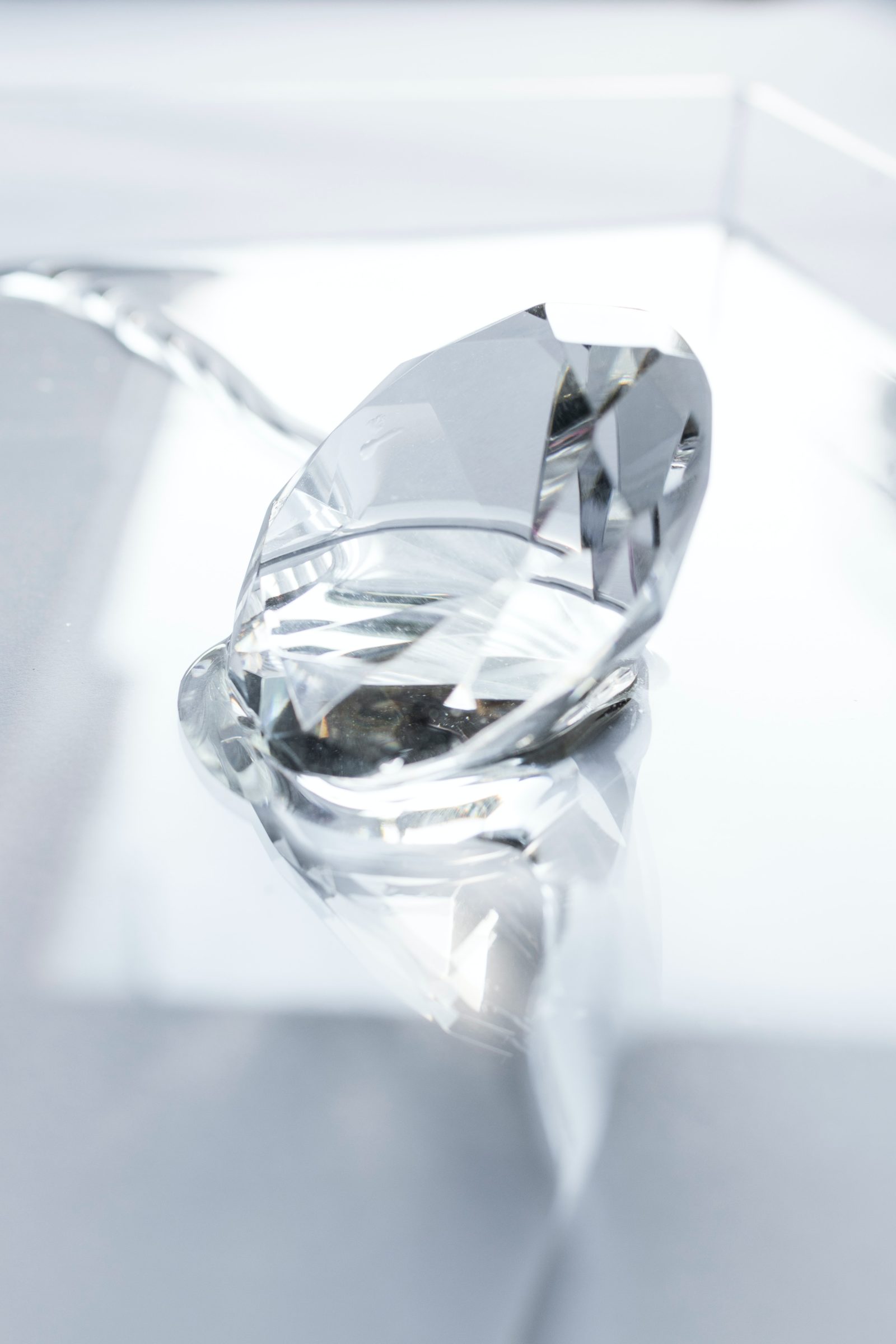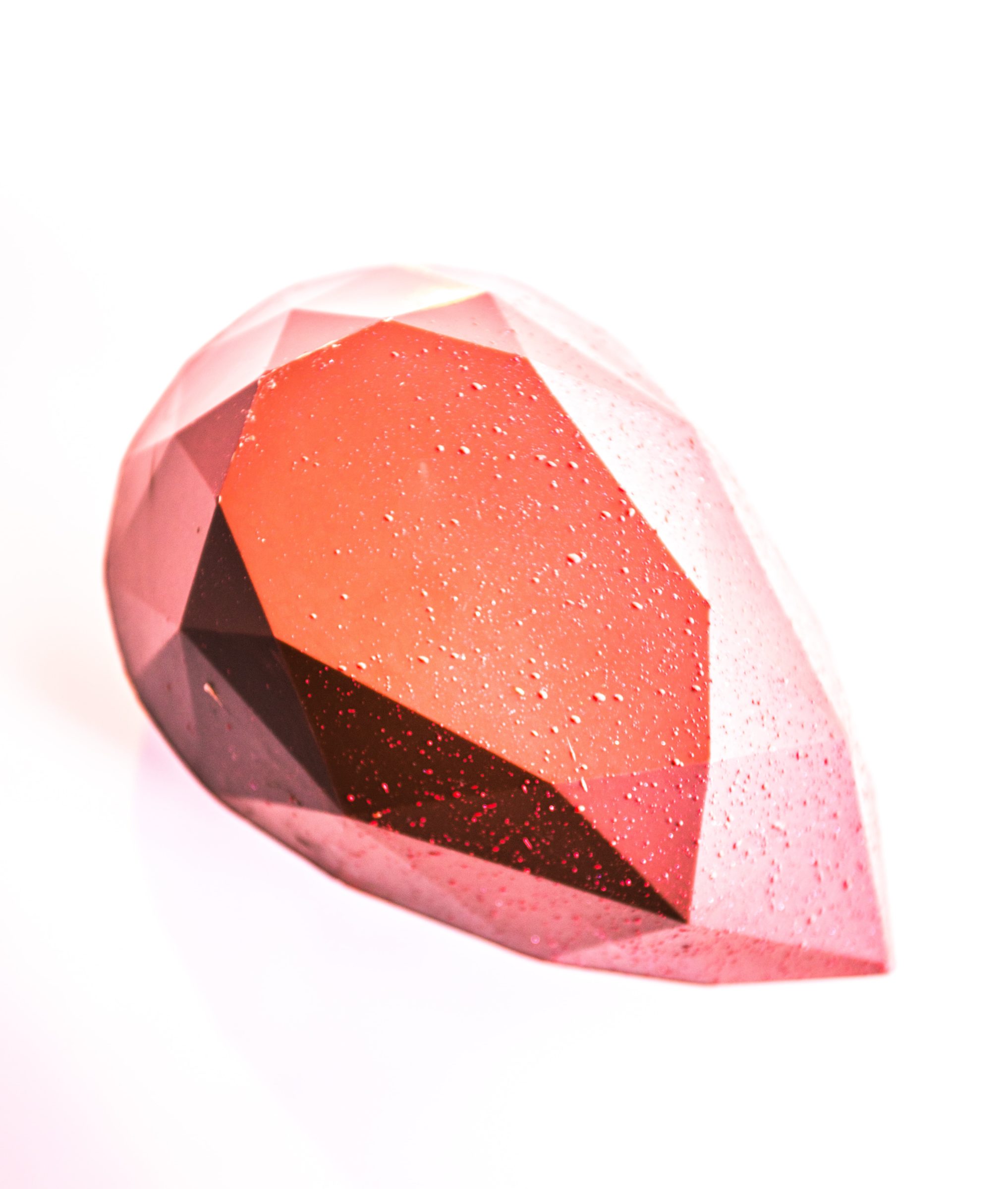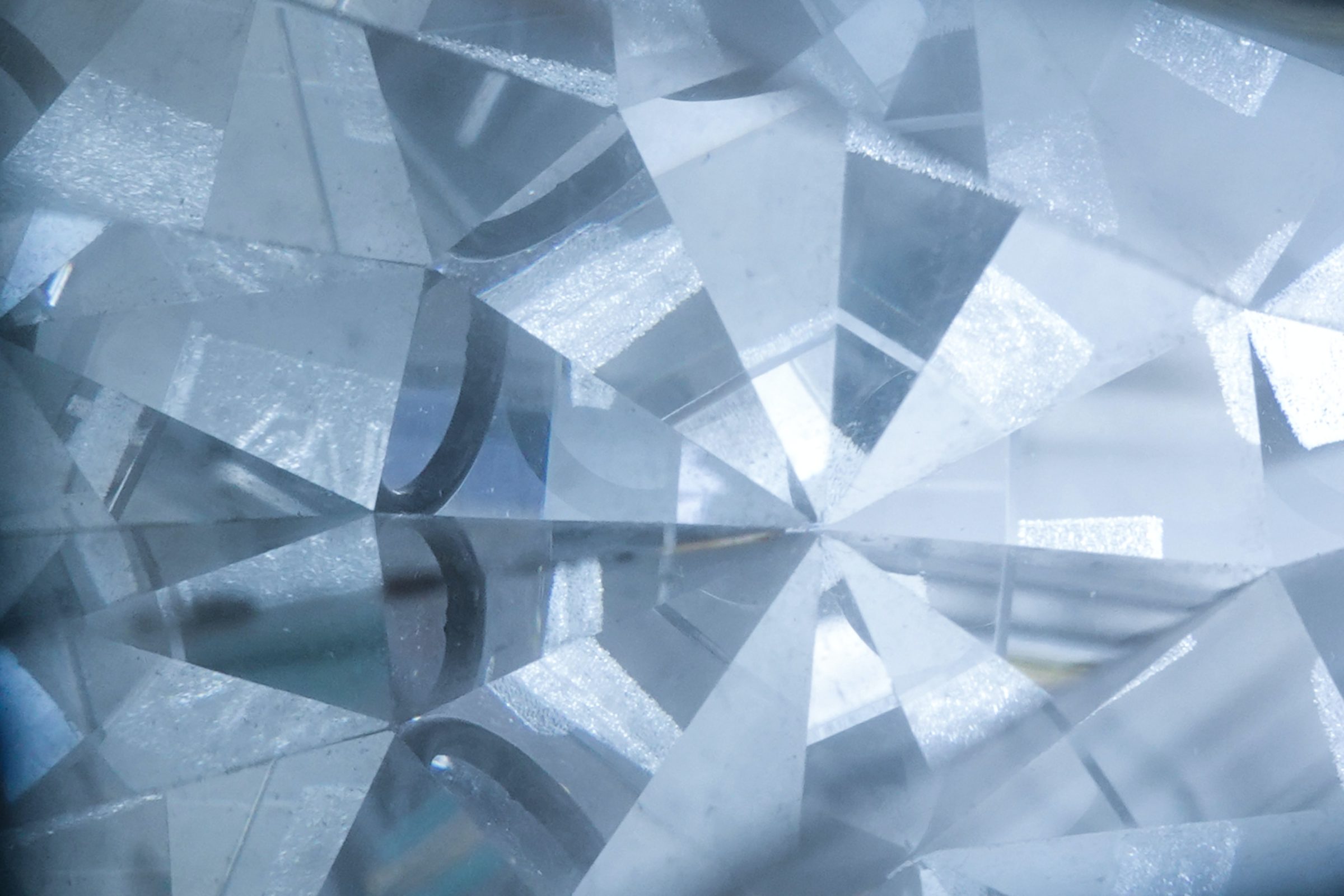It’s advised that diamond shoppers educate themselves on the 4Cs of diamonds before embarking on their diamond buying journey. Understanding how diamonds are graded and measured will allow you to choose a diamond that meets your needs accurately.
This is especially true if you are shopping for a diamond online and only have diamond grades to go off of before making a final decision. Don’t rush the decision; check out our guide! Here’s everything you need to know about the 4Cs of diamonds before making your purchase.
Cut vs. Shape
A diamond’s cut is often confused with its shape, and inexperienced diamond buyers are the most common culprits. A diamond’s shape is the exterior outline that a diamond forms. One could think of it as a diamond’s silhouette. Popular diamond shapes include heart, round, oval, and square.
Cut refers to the ways in which a diamond has been cut to manipulate the way it interacts with light. The result is a diamond with unique sparkle and brilliance. The quality of a diamond’s cut is measured by its face-up appearance with measurements of scintillation, fire, and brightness. It is also measured by other physical aspects such as weight, durability, symmetry, and polish. Popular diamond cuts include Asscher, emerald, and marquise.
Diamond shape and cut can be combined to form a hybrid called “fancy cuts.” These cuts are considered any diamond cut that isn’t round-brilliant. Pear-shaped diamonds are a fancy cut diamond that blends the marquis cut and the round-shape.

Color
Diamonds are generally thought to be colorless. However, this is rarely true. Most diamonds feature a subtle hue that can be difficult to catch without the proper equipment. This can range from a slight yellow tint to fancy color diamonds such as the enormous Pink Star, a rare, flawless diamond that’s vivid pink in color.
A diamond without hue is typically more expensive than a diamond with hue. Diamond color is rated on a scale from D to Z, with D being a completely colorless diamond and Z being a diamond with the highest presence of color.

Clarity
Many (if not all) diamonds have flaws. They occur during the processes by which diamonds are made in nature or a lab and are present when the diamond is in its raw form. Diamond clarity measures a diamond’s flaws, whether they are internal inclusions or external blemishes.
As another difficult to catch characteristic of diamonds, clarity is graded on a scale that deciphers the level of flaws in a stone. The standard scale ranges from VS1 to SI2, with the former being a flawless diamond.

Carat
This ‘C’ is often confused with size, but carat refers to the actual weight of the diamond at hand. A carat is a measurement of 200 milligrams with each carat being able to be divided into 100 points for more accurate measurements.
Many jewelers utilize the point system when discussing a diamond’s weight. For example, a diamond weighing 0.75 carats (150 milligrams) might be called a seventy-five pointer by a jeweler.
Generally, diamonds with a high carat weight will be more expensive than diamonds with lower carat weight.

Conclusion
Whether you’re shopping for a diamond or plan to be in the future, it pays to know your stuff. The 4Cs of diamonds are almost universally used as diamond measurements, so once you get it down pat, you’ll be much more equipt to make this exciting and important purchase.





